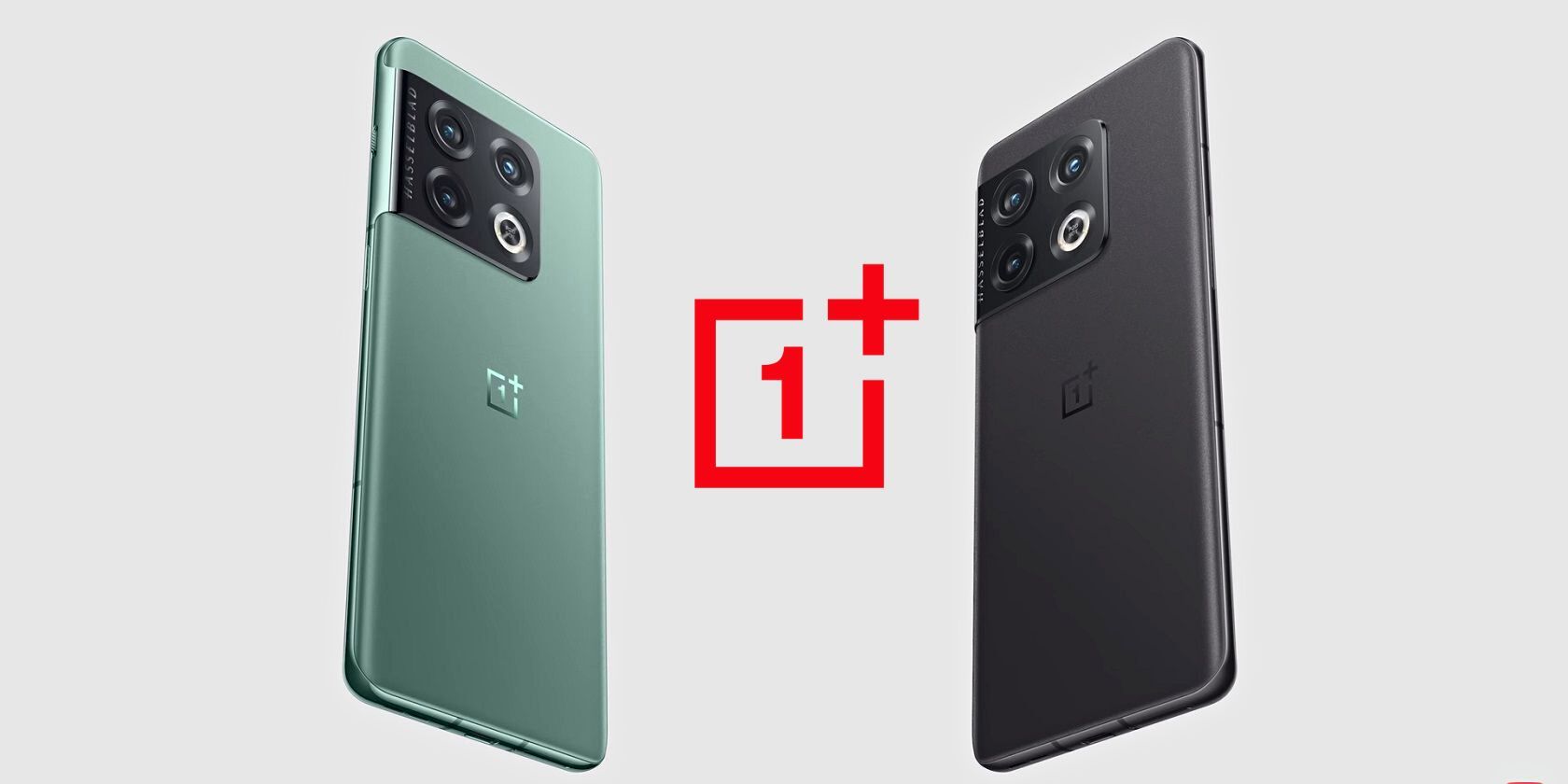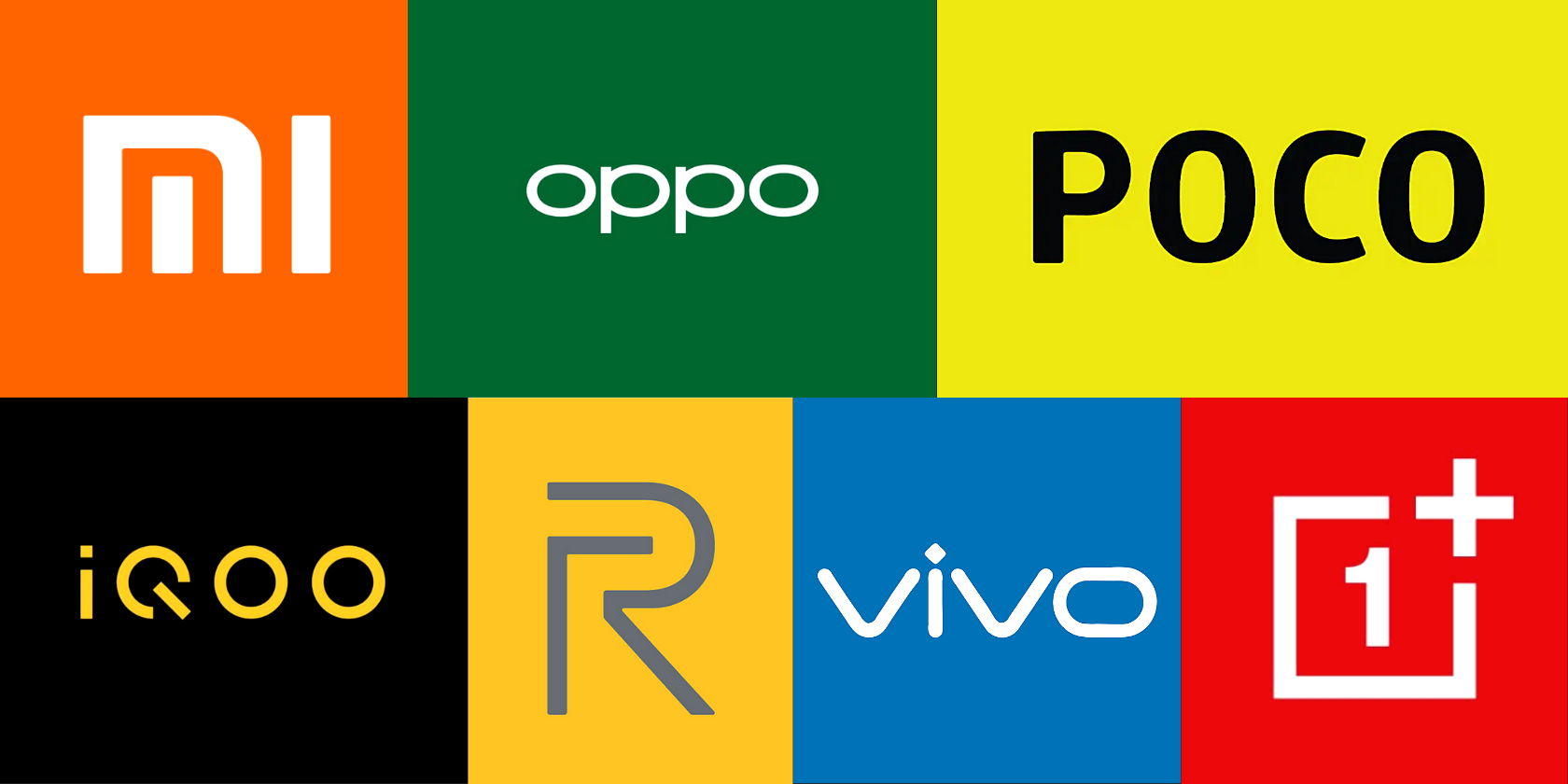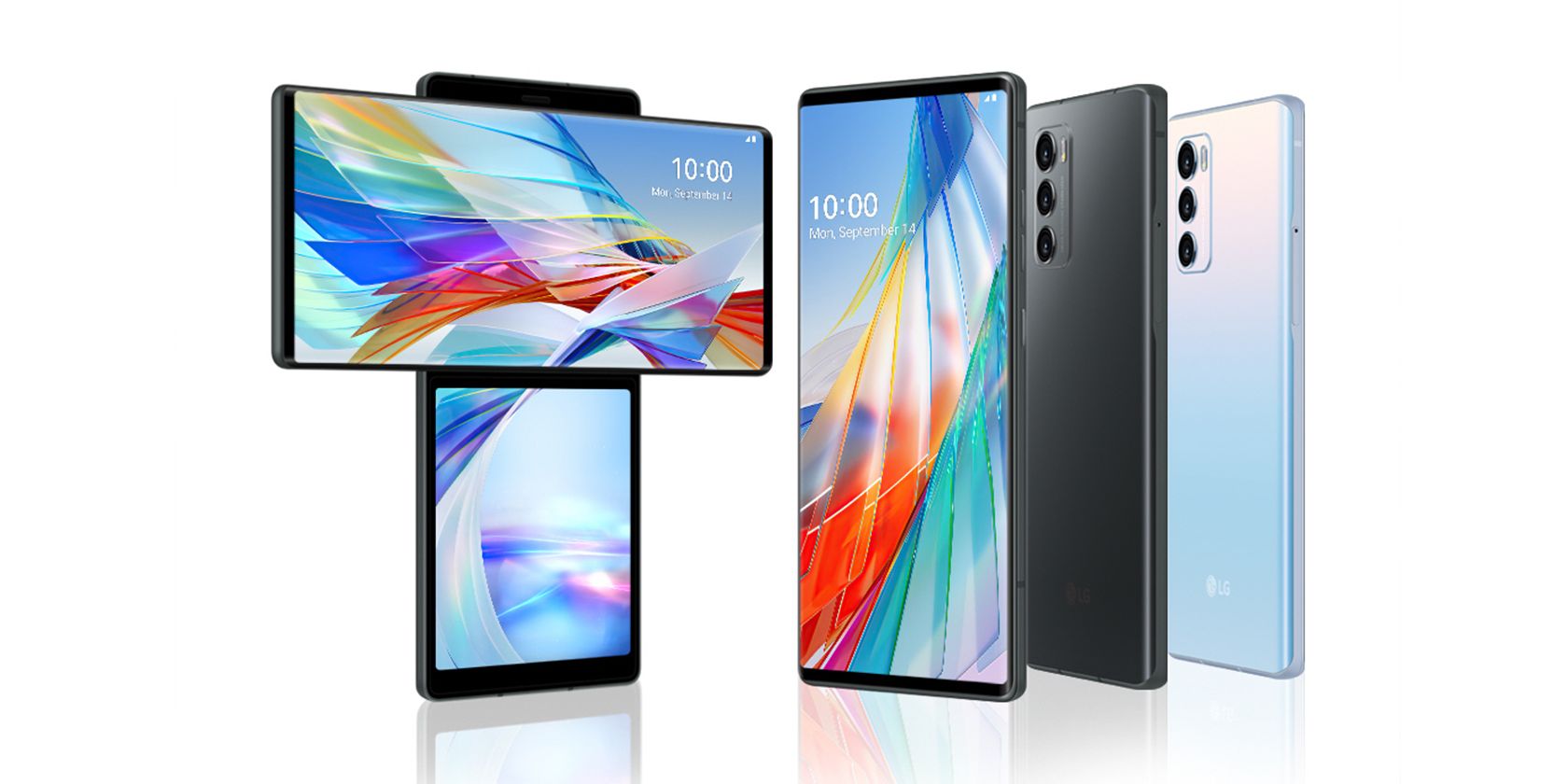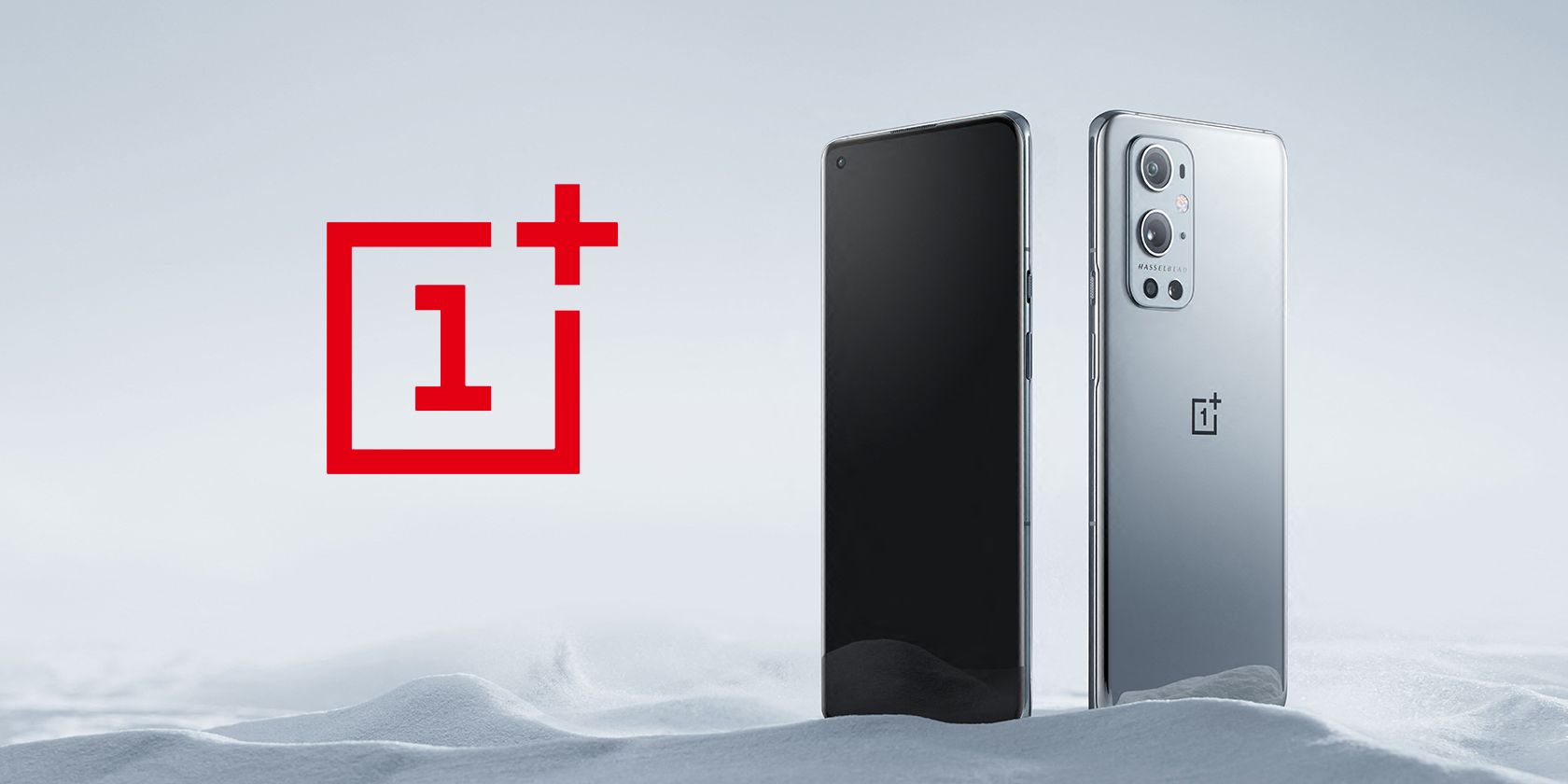After years of seeing the same rectangular glass slabs everywhere, it's refreshing to see new enthusiast smartphone brands trying to revolutionize the industry every once in a while.
But as much as we love them for their fiery spirit and desire to bring something new to the table, the tides are not in their favor. Here's why enthusiast brands inevitably evolve or die.
What Is an Enthusiast Smartphone Brand?
An enthusiast smartphone brand exists to serve the excessive needs of smartphone enthusiasts. Tech giants such as Apple or Samsung make products for the masses, so their devices need to be such that they make sense for most people—even if it's at the cost of upsetting the vocal minority of enthusiasts.
Conversely, enthusiast brands are highly receptive to their userbase and focus on putting special features on their devices requested by their users. The best example of this is OnePlus when it first started gaining popularity as a small but passionate enthusiast brand; you know, the company that gave birth to the "flagship killer" class of phones.
Why New Tech Companies Appeal to Enthusiasts
If you're a new tech company and are planning to debut your first product, you need all the hype you can get. After all, people can't buy your phone if they don't even know that you exist. And these days, the quickest and most effective way to get the word out about your new device is to appeal to enthusiasts.
Why? Because they are the ones that create content. It's become standard for people to watch YouTube reviews and read articles before they decide which phone to buy.
A content creator won't create content about your product and recommend you to their viewers unless there's actually something interesting worth talking about. Put simply, new tech brands appeal to enthusiasts because they are trying to leverage the power of influencer marketing to increase their brand awareness.
Why Enthusiast Brands Have to Evolve to Survive
Now, the ugly part. Sooner or later, every enthusiast brand has to face a big dilemma: either evolve and survive but betray your loyal userbase in the process, or, don't evolve and die.
But why is that? Why can't enthusiast brands succeed? What's stopping them? Well, a lot of things. And most of it comes down to balancing risk and reward. Here are the three biggest reasons enthusiast brands are compelled to evolve to survive.
1. Limited Number of Buyers
If you're selling to enthusiasts, then by definition, you have a smaller pool of potential buyers to sell to. Enthusiasts are influential, sure, but there simply aren't enough of them to justify making them your primary target audience for the long term.
In other words, choosing to stick with enthusiasts comes at a cost of not being able to earn the profits that you could be earning if you sold to everyone. And that's a price that no for-profit company is willing to pay.
2. High Cost to Build and Maintain Reputation
By the time an enthusiast brand has gained enough awareness, it has already incurred some serious expenses. This is so because to build and maintain your reputation in the eyes of the insatiable enthusiasts, you have to keep coming up with new wow factors. And as any product manager will tell you, wow factors don't come cheap.
For instance, OnePlus' wow factors are fast charging, clean software, and premium hardware. For Essential, it was its boxy industrial design, ceramic back, and titanium frame. And for Google, it's the stock Android experience, Pixel-exclusive features, and gorgeous camera.
The point is that if an enthusiast brand wants to survive, it has to cover its losses first. To do that, it needs to decrease costs by removing some of its wow factors and increase revenue by selling to a larger pool of buyers, meaning switching focus to casual users.
3. Less Capital to Reinvest for Expansion and R&D
If an enthusiast brand isn't generating adequate revenue (which by the way is very likely), it also has less money to reinvest back into the company for expansion and R&D. This obstacle will hinder the brand's ability to design new products and compete with rivals including tech giants like Samsung and Apple who have way more resources, expertise, and brand loyalty.
In other words, a new enthusiast brand has very little time to do everything right before it becomes boring and irrelevant—a challenge most companies aren't able to get past.
How Enthusiast Brands Evolve Over Time
There are three phases every successful enthusiast brand follows:
- Brand building: promote the new brand, targeting enthusiasts via wow factors, aggressive marketing, competitive pricing, and more.
- Brand repositioning: expand the portfolio by launching new products in different price ranges to slowly increase appeal to casual buyers.
- Brand scaling: expand operations using the most profitable business strategies.
Most new tech companies die at phase one; the reason OnePlus didn't is that it's one of the sub-brands of Chinese tech giant BBK Electronics, so it had enough resources and capital to stay in the market until it became popular.
And now that it has, OnePlus no longer sticks to its claimed values since it has switched to serving a wider audience and isn't focused exclusively on enthusiasts.
Whether you like it or not, OnePlus is not wrong to "betray its fans". If removing the headphone jack, increasing the price, selling TWS earbuds, and merging with Oppo is what earns more money, then that is the logical thing to do as a company.
The same thing happened with Google. With the Pixel 6, the search giant finally admitted it can't keep targeting enthusiasts and that it needs to improve its hardware to become recommendable to regular users. Granted, Google took its sweet time to transition, but now that it has, it's planning to build a full-fledged Pixel ecosystem.
On the other side of the coin are the enthusiast brands that didn't evolve and died such as LG, Essential, HTC, Microsoft, Nokia, Nextbit, Razer, RED, Palm, Blackberry, Panasonic, and many more. The newest kid on the block, Nothing, will eventually face the same dilemma all of these companies did—assuming it survives phase one.
Being an Enthusiast Brand Isn't Sustainable
Over the years we've seen many tech companies release some of the most bizarre smartphone designs that inspired a lot of conversation. Sadly, none of these enthusiast devices ever became mainstream.
Why? Because the business of an enthusiast brand is no business at all; it's a marketing trick. The brands who embrace this truth survive, and the ones who don't find themselves lost in history, only to be remembered occasionally in articles like this one.





